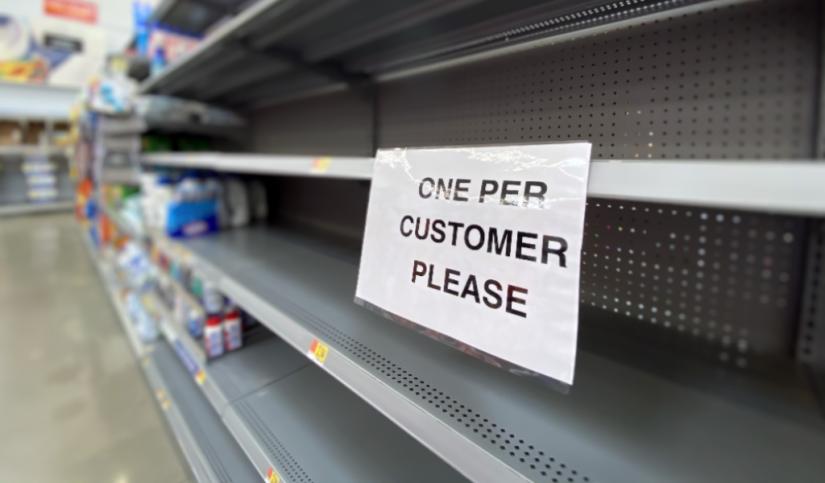The COVID-19 pandemic laid bare vulnerabilities in global supply chains, underscoring the urgency for Australian businesses and the government to enhance their readiness for future crises.

Image: Adobe Stock
The COVID-19 pandemic laid bare vulnerabilities in global supply chains, underscoring the urgency for Australian businesses and the government to enhance their readiness for future crises such as natural disasters or geopolitical unrest.
Researchers from the University of Technology Sydney (UTS) Business School have developed a comprehensive set of tools and strategies to improve the strength and agility of supply chains in the face of such challenges.
Strategic supply chain management expert, UTS Associate Professor Sanjoy Paul, said a robust supply chain isn’t just about efficiency, it’s also about resilience, and it is important to be proactive rather than waiting for the next crisis to hit.
“Modern supply chains are incredibly intricate. They can span multiple countries and involve numerous suppliers, manufacturers, logistics providers and distributors. A single point of failure can have cascading effects,” said Associate Professor Paul.
“The COVID-19 pandemic exposed significant flaws in Australia's ability to manage crisis situations. Preparation can ensure that empty shelves, hoarding, and disruptions to the supply of essential items such as food and medicine are minimised.
Panic buying is a particular challenge, and the consequences can be far-reaching for vulnerable individuals such as the elderly.
“Panic buying is a particular challenge, and the consequences can be far-reaching for vulnerable individuals such as the elderly. Managing panic buying requires a multi-faceted approach encompassing effective communication, clear guidelines, collaboration and adaptability,” he said.
UTS Professor of Management Renu Agarwal said any disruption to supply chains, from supplier failures to distribution issues, affects the end customer.
“Businesses must make their entire supply chain not only stable and reliable but resilient, adaptive, disruption-proof... enough to shift on a dime when complex situations arise.”
“Businesses tend to forget learnings from previous situations as they are focused on short-term gains. This is why government should play a critical role in promoting preparedness and collaboration among all stakeholders, and policymakers need to build sovereign capability in critical industries beyond defence,” she said.
The research findings are published in a new book: Supply Chain Risk and Disruption Management, which outlines a range of tools, techniques and approaches to managing risk across medical, pharmaceutical and other critical supply chains.
Associate Professor Paul outlines four key strategies to minimise disruption:
1. Collaboration and coordination
“Businesses are encouraged to collaborate instead of competing during national emergencies. Major retailers and manufacturers should work together to distribute and replenish supplies efficiently to alleviate consumer anxiety.”
2. Onshoring critical manufacturing
“Bringing key manufacturing back to Australia can enhance control and minimise disruptions. This approach ensures that even if global supply chains falter, essential products can still be produced locally.”
3. Transparency and communication
“Businesses should provide clear information about their stock levels through effective digital communication channels, to help reduce fear and panic buying. Government intervention can facilitate transparent communication between businesses and consumers during crises.”
4. Preparation and scenario planning
“Businesses and individuals alike should prepare for potential crises by developing mitigation strategies and alternative plans. Understanding alternative suppliers and having contingency plans in place can enable swift responses during disruptions.”
The research team developed simulation models to test a range of strategies aimed at combatting disruptions such as panic buying, and found these tools were effective in mitigating risk and ensuring better demand fulfillment, reducing the impact of a crisis on consumers.
Read more:
Overview of Supply Chain Risk and Disruption Management Tools, Techniques, and Approaches, Towfique Rahman, Sanjoy Kumar Paul, Renu Agarwal, and Ruhul Sarker.
A viable supply chain model for managing panic-buying related challenges: lessons learned from the COVID-19 pandemic, Towfique Rahman, Sanjoy Kumar Paul, Renu Agarwal, Nagesh Shukla & Firouzeh Taghikhah

